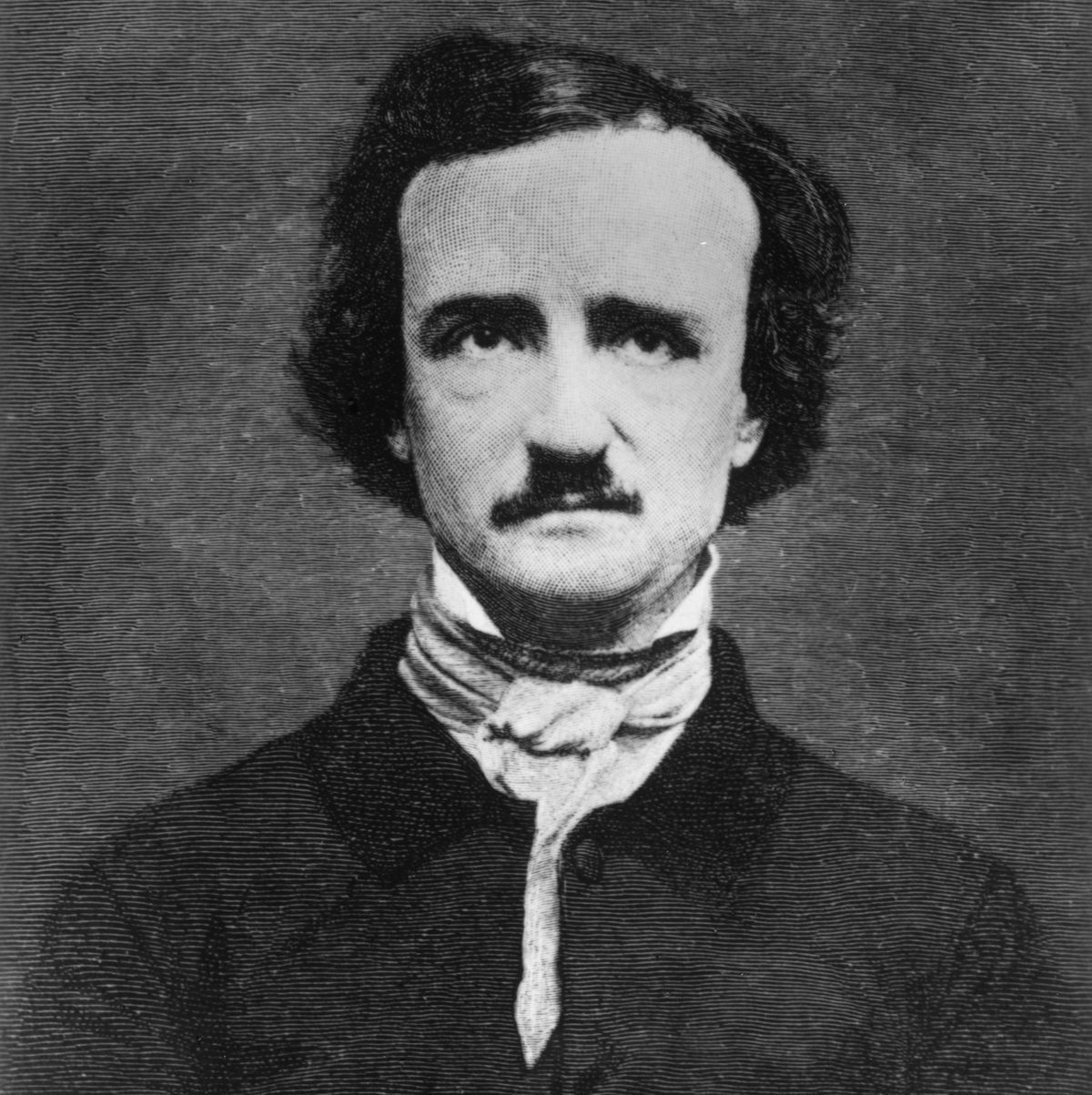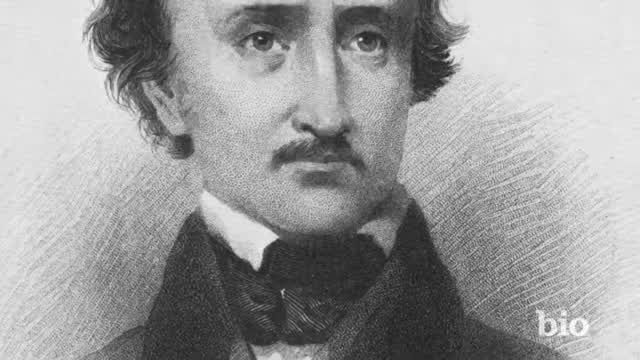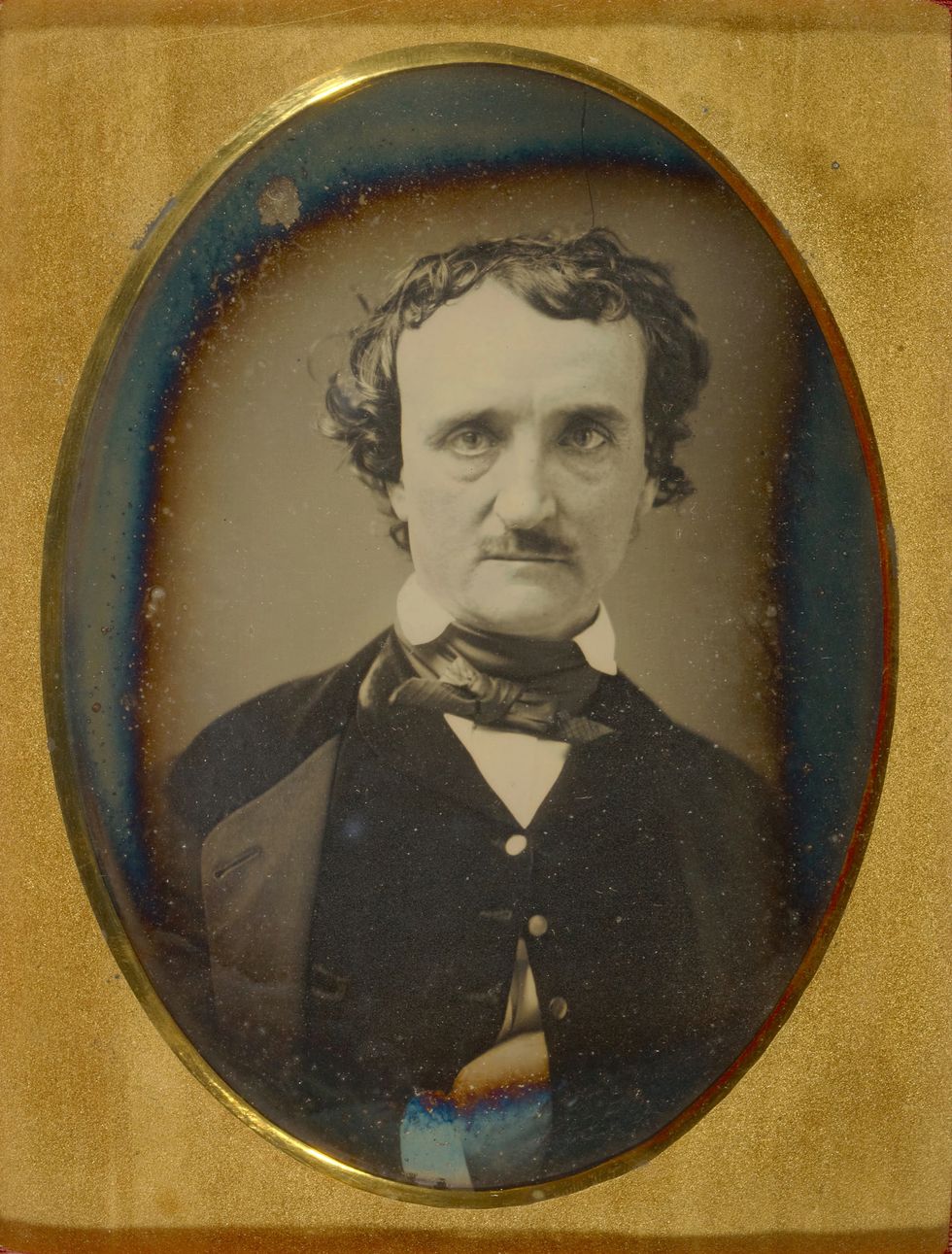Edgar Allan Poe was one of the first great American-born authors, a master of macabre and mystery whose name alone evokes an eerie chill. His works continue to inspire present-day horror tales, such as the popular Netflix series The Fall of the House of Usher that’s loosely based on the author’s short story of the same name.
Tragically but fittingly, Poe’s death on October 7, 1849, in Baltimore remains cloaked in mystery as well. According to the Poe Museum in Richmond, Virginia, there are at least 26 published theories regarding his demise. There are also myriad legends and rumors that each seem more ghastly than the next.
Poe was missing for a week before his death
Much of what we think of Poe is actually at least somewhat fabricated. Several people had agendas that used Poe to either advance their own causes or simply taint the author’s name. Amongst the most pernicious was that of a man named Rufus Wilmot Griswold, a rival who was the executor of his literary estate and a major figure in the mystery that surrounds Poe’s death all these years later.
Things were looking up for Poe in October 1849. He was a star author who commanded great audiences for his readings, and he was about to marry his first love, Elmira Royster Shelton, following a short trip from Richmond to Philadelphia and then New York. Poe got as far as Baltimore before suddenly going off the grid, disappearing for nearly a week before turning up on October 3 in what was said to be a delirious state outside a tavern known as Gunner’s Hall.
Poe was first found by a man named Joseph Walker, who recognized the famed author, deduced that he shouldn’t be dressed in someone else’s threadbare, ill-fitting clothing or convulsing in a gutter and offered to help. Walker asked Poe if he knew anyone nearby that he could contact and Poe mentioned an editor named Joseph Snodgrass. Walker wrote Snodgrass a letter urging his assistance. It read as follows:
“Dear Sir,
There is a gentleman, rather the worse for wear, at Ryan’s 4th ward polls, who goes under the cognomen of Edgar A. Poe, and who appears in great distress, & he says he is acquainted with you, and I assure you, he is in need of immediate assistance.
Yours, in haste,
JOS. W. WALKER
To Dr. J.E. Snodgrass.”
From there, Poe was taken to Washington College Hospital, at which point things got murky both for the patient and the history books. Poe was kept alone in a windowless room with only one attendant physician, Dr. John Moran, to watch over him through what would be his final days. The week that he spent missing, the hysterical and haggard condition in which he was found, and the unreliability of the witnesses to his final moments and keepers of his legacy all contribute to over a century and a half of speculation and uncertainty.
Poe died on October 7 at age 40, supposedly after uttering the last words “Lord, help my poor soul.” Theories about Poe’s death began cropping up almost immediately after it was announced.
There are no records remaining about his last hospitalization, but Poe was listed as succumbing to phrenitis, or congestion of the brain—a polite term often used for alcohol or drug overdoses at the time. There is suspicion around that cause of death, both due to the era’s less-than-precise medical treatment as well as the motivations of people involved.
Character assassination shaped Poe’s reputation following his death
Poe was, by many accounts, a lightweight when it came to liquor. People who knew him didn’t recall him as a heavy drinker—it seemed that he would go long stretches without taking a sip—but when he did imbibe, it didn’t take much for him to fall into a stupor. The death of his wife, Virginia, from tuberculosis in 1847 did send him into a long spiral, but he eventually recovered. After experiencing some close-calls and receiving advice from a doctor, Poe pledged his sobriety and joined the Sons of Temperance just a few months before his death.
Snodgrass was a major advocate of the temperance movement and toured the country using Poe as an example of the dangers of booze; Snodgrass wrote that when he found Poe at the bar in Baltimore, the author was “utterly stupified with liquor” and could only produce “mere incoherent mutterings” in place of actual speech. Further, Griswold, who had an up-and-down relationship with Poe, used his position as the executor of his estate to write a libelous and, unfortunately, authorized biography that suggested the legendary author was an opium addict and drunkard.
Moran, the Baltimore doctor who cared for Poe, saw this campaign in motion and did his best to clarify the circumstances surrounding Poe’s death. He said that Poe was in no way drunk when he showed up at the bar, and decades later, he wrote a book titled Edgar Allan Poe: A Defense, which described a sober, steady Poe reciting poetry on his deathbed.
There are plenty of other theories about Poe’s death
So if Poe didn’t succumb to the bottle, what did kill him? Again, we’ll never know—there was no autopsy performed to go back and review, and no contemporary accounts remain. But there have been theories for nearly as long as Poe has been dead, some of them more credible than others.
Some have speculated that Poe, who adored cats and had one as a pet, died of rabies. The symptoms seemed to match his delirious fits and the pattern of his decline in the hospital. In 1996, a researcher and professor at the University of Maryland Medical Center named Dr. R. Michael Benitez earned national attention for this theory, which was worked out for a medical conference.
It was, in part, based on Moran’s accounts of Poe’s time in the hospital, which indicated that Poe’s madness had ebbs and flows, with periods of lucidity in between spikes in feverish mania. Moran also noted that Poe was reluctant to drink water, which Benitez said also matched up with symptoms of rabies.
Still, Moran was something of an unreliable narrator, as comparisons of his various accounts reveal quite a few inconsistencies, partly because he wrote them so many years later. If the reality of what happened differed from what Benitez read, rabies might be another false theory.
In could have been a case of the flu that advanced into pneumonia. Before his fateful, tragedy-shortened trip, the author did visit the doctor complaining of an illness.
“His last night in town, he was very sick, and his [soon-to-be] wife noted that he had a weak pulse, a fever, and she didn’t think he should take the journey to Philadelphia,” Chris Semtner, the curator of the Poe Museum in Richmond, told Smithsonian Magazine. “He visited a doctor, and the doctor also told him not to travel, that he was too sick.”
Other theories include carbon monoxide or heavy metal poisoning, though both have largely been discounted. And then there is also the theory that he was beaten into a slow death, though that sounds like something out of a Poe story more than reality.
A voter fraud scheme could be to blame
In his 2023 book A Mystery of Mysteries: The Death and Life of Edgar Allan Poe, author Mark Dawidziak surmises that Poe suffered from tuberculosis meningitis, which causes swelling in membranes around the brain. There was an explosion in tuberculosis cases in the United States at the time, and his symptoms, like fever and delusions, also match the disease.
However, there’s another unexpected element to Dawidziak’s theory: An election-rigging scheme known as “cooping” might have exacerbated Poe’s illness and contributed to his death. This tactic involved kidnapping a man off the street, confining and potentially drugging him, then releasing him to repeatedly vote for a preferred candidate.
After all, Poe was found on October 3, an election day for Marylanders to choose their Congressional representatives. One of the polling places was none other than Gunner’s Hall. Perhaps his odd clothing was part of a scheme to disguise his identity, The Washington Post reported.
“This was cold, damp early October in Baltimore,” Dawidziak told the newspaper. “If something was physically wrong with Poe, being cooped—kept in chilly and spartan conditions—could have been disastrous for his system. Add any amount of alcohol to the mix, and the effects would have been devastating.”
Examining Poe’s remains—specifically, his skull—for signs of markings caused by meningitis could potentially give credence to the physiological aspects of Dawidziak’s theory. But, for now, the hypothesis is just one of many in a mystery that continues to bewilder admirers of the literary great.
Tyler Piccotti first joined the Biography.com staff as an Associate News Editor in February 2023, and before that worked almost eight years as a newspaper reporter and copy editor. He is a graduate of Syracuse University. When he's not writing and researching his next story, you can find him at the nearest amusement park, catching the latest movie, or cheering on his favorite sports teams.
















